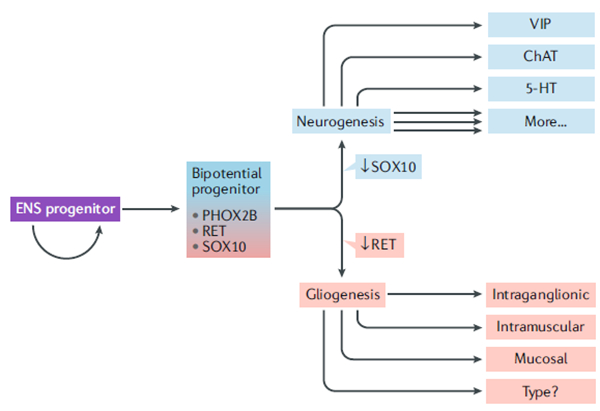Fig. 2 |. Molecular regulation of cell-type diversification in the enteric nervous system.

Enteric nervous system (ENS) progenitors must proliferate to maintain an adequate progenitor pool while a certain proportion become bipotential progenitors that generate cells that diverge along neurogenic or gliogenic trajectories. Neurogenic commitment requires downregulating transcription factor SOX10 and maintaining receptor tyrosine kinase RET expression, whereas gliogenesis requires maintaining SOX10 and downregulating RET. Paired-like homeobox 2B (PHOX2B) expression is maintained in all enteric neurons and some enteric glia. There are many neuronal subtypes in the ENS, including those marked by vasoactive intestinal peptide (VIP), choline acetyltransferase (ChAT), serotonin (5-HT) and many others. The full extent of enteric glial diversity remains unknown, but morphologically distinct glia are found in at least three distinct locations.
